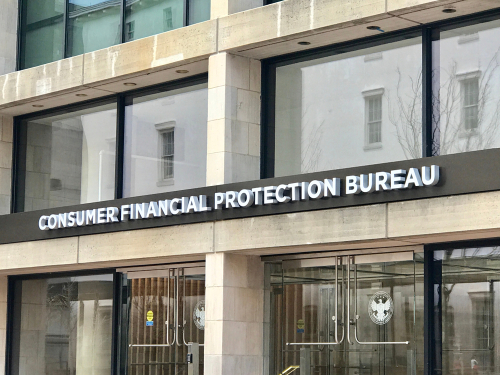The Consumer Financial Protection Bureau (CFPB) maintains companies are not absolved of legal responsibilities when enabling a black-box model or algorithms to make lending decisions.

The CFPB recently published a Consumer Financial Protection Circular as a reminder to the public and those responsible for enforcing federal consumer financial protection law of creditors’ adverse action notice requirements under the Equal Credit Opportunity Act (ECOA).
“The law gives every applicant the right to a specific explanation if their application for credit was denied, and that right is not diminished simply because a company uses a complex algorithm that it doesn’t understand,” CFPB Director Rohit Chopra said.
Per the CFPB, the reasoning behind some of the models’ outputs may be unknown to the model’s users and the developers. As it relates to such models, adverse action notices meeting ECOA’s requirements may not be possible.
The CFPB has indicated federal consumer financial protection laws and adverse action requirements should be enforced regardless of creditor technology use; creditors cannot justify ECOA noncompliance based on technology used to evaluate credit applications being too complicated, opaque in its decision-making, or new; creditors deploying algorithms to engage in credit decisions must still provide a notice disclosing the specific, principal reasons for taking adverse actions; and whistleblowers play a key role in uncovering information about companies using technologies, like black-box models, in manners violating ECOA and other federal consumer financial protection laws.